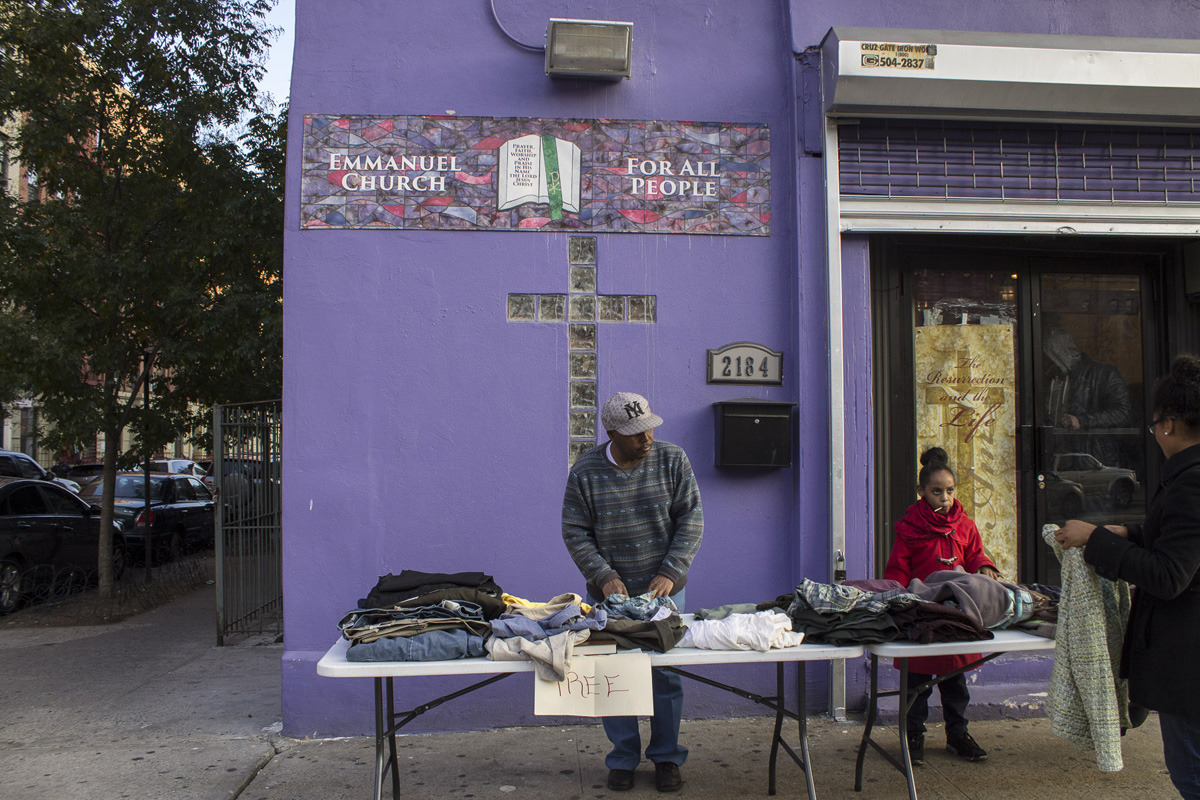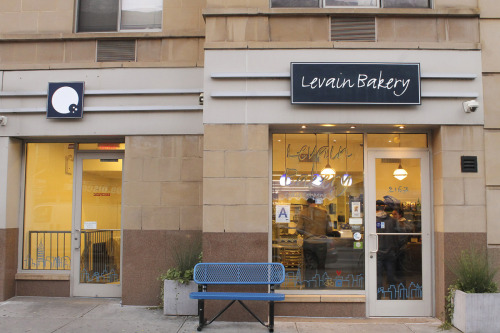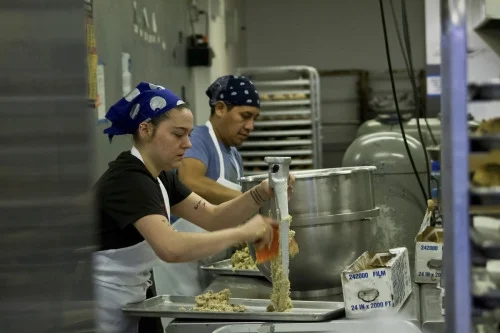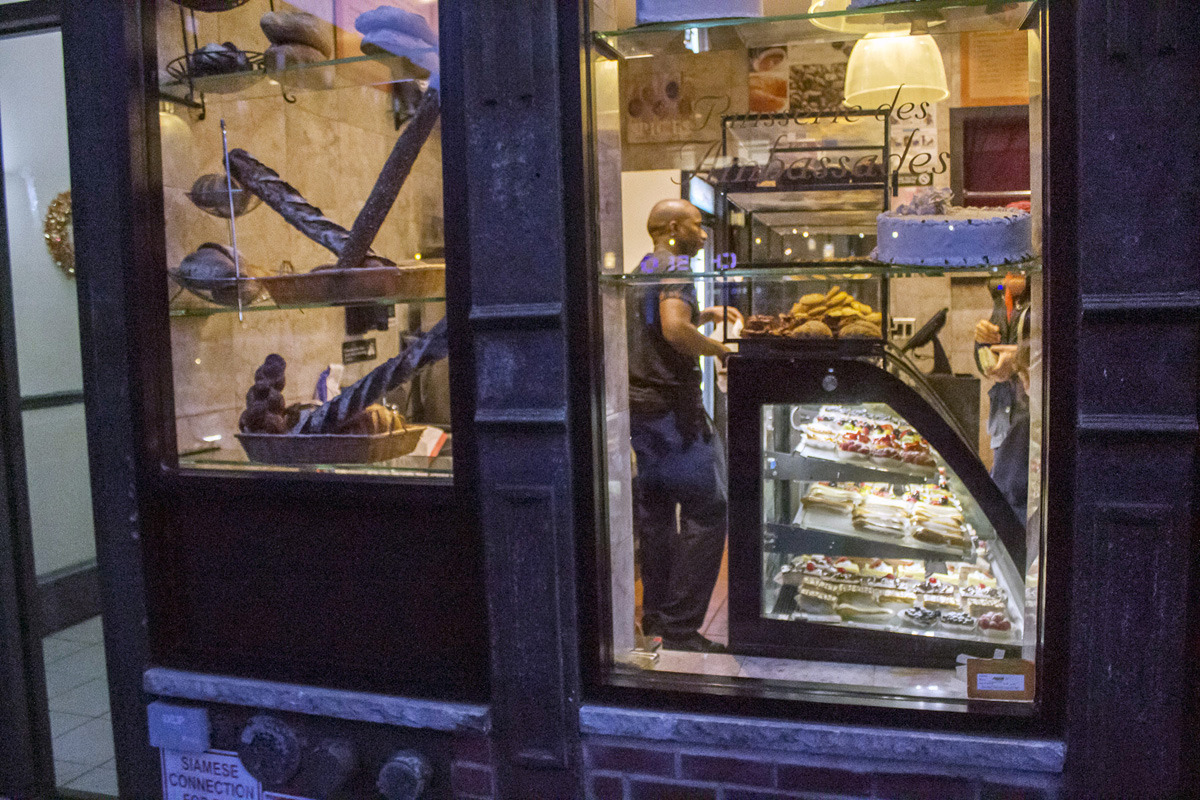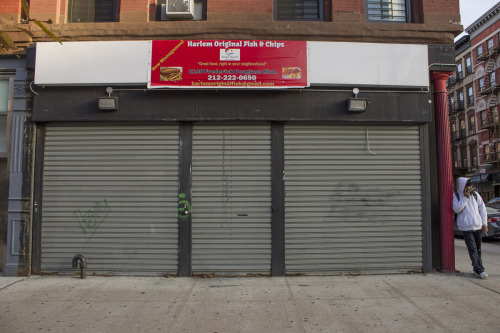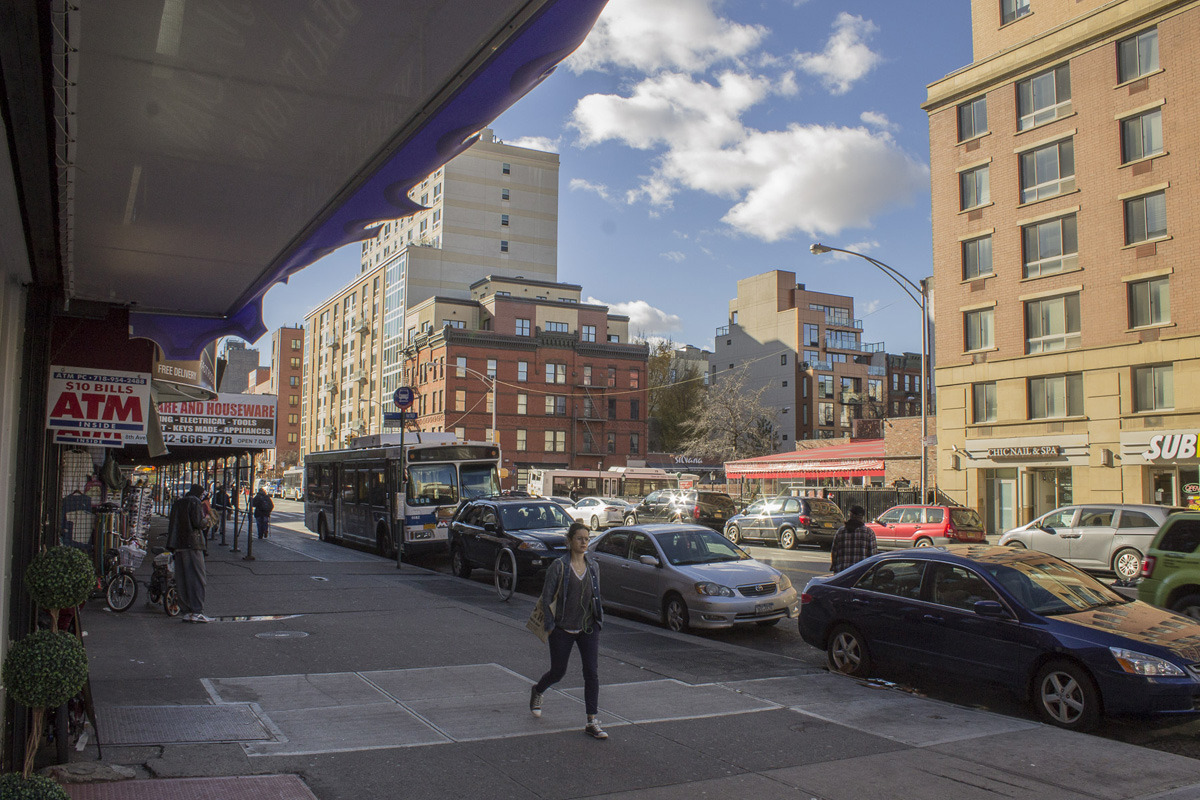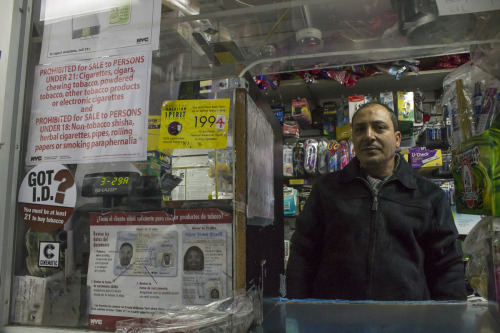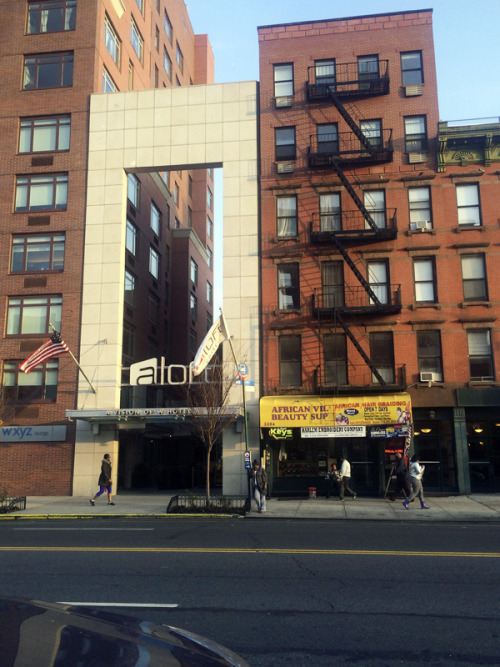New Harlem, Old Tricks of the Trade
Text and Photos by Kevin Milian
(Follow him @KJMilian)
The stretch of Frederick Douglass Boulevard from 125th past 116th has been given the monikers of “SoHa” (South Harlem) and “Restaurant Row” for its new retail, dining and housing establishments. Due to rezoning of the neighborhood in the past decade, investors have built shopping centers, luxury rental units, and boutiques among the original mom and pop stores and tenement housing of the neighborhood. On one side of the street you have the 99¢ stores, Chinese takeout and small churches catering to working class residents, and on the other side gourmet bakeries, sports bars, and hipster coffee shops cater to the richer clientele moving in.
This “New Harlem” appeals to many demographics. Wealthier locals see the new businesses as invigorating to the community, re-framing the image of a once “dangerous” neighborhood. With its proximity to Columbia University, Harlem is the last location to find affordable housing near campus for students, like myself. However, affordable to Ivy League students is not always affordable to the working class communities. While gentrifiers may give back to the community through purchasing from local businesses, chain stores, high-class brands and upscale services follow the upward migration and cut-out the locals from both employment and purchasing power.
“Plenty of stores that used to be there aren’t there any more. We now have Banana Republic, GAP and things that attract white people such as more organic restaurants. Salads can now be found in every deli store, and more gyms are opening,” said Fatoumata Gakou, a high school student reflecting on the changes in her Harlem.
“It’s crazy because while all these things are being built for whites, there’s a huge population of poverty a couple of avenues down and no help is honestly being given. Slowly but surely whites are moving in and blacks are moving out,” echoed Tiranke Kande, a senior at Harlem Village Academy.
However, not all new establishments are white owned. Patisserie des Ambassades, an African-owned bakery that sells French baked goods with a Senegalese twist opened in 2003 and relaunched as a bistro in 2013. Bebenoir, an upscale clothing boutique is black-run and sells custom West African garments and purses along with European sourced clothes.
Levain Bakery, a white owned business, donates its $4 unsold cookies to a food pantry on 116th, and Emmanuel Church of God in Christ holds a clothing drive on the street, cognizant of the economic disparity of the community. Can these establishments blur the classic line between rich and poor, black and white, new and old?
Magnum Foundation produced an installation of Matt Black’s The Geography of Poverty on 110th Street as a part of The Value of Food: Sustaining a Green Planet, which is on view until April 3, 2016 at the Cathedral of St. John the Divine. Inspired by the installation in the neighborhood where they go to school, Nina Berman’s students at the Columbia Journalism School looked locally at economic disparity in upper Manhattan.

